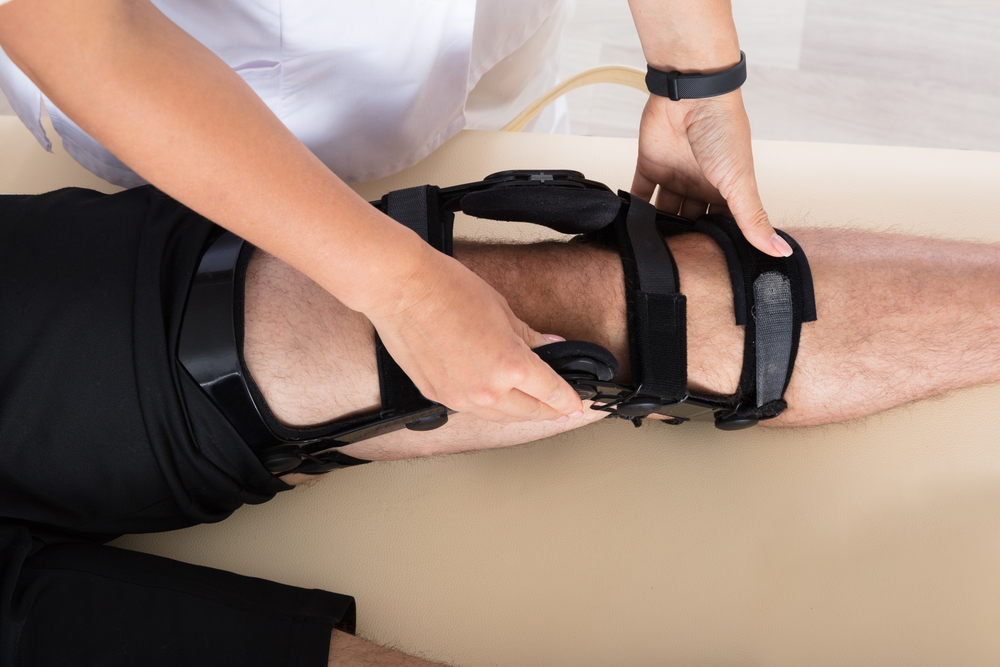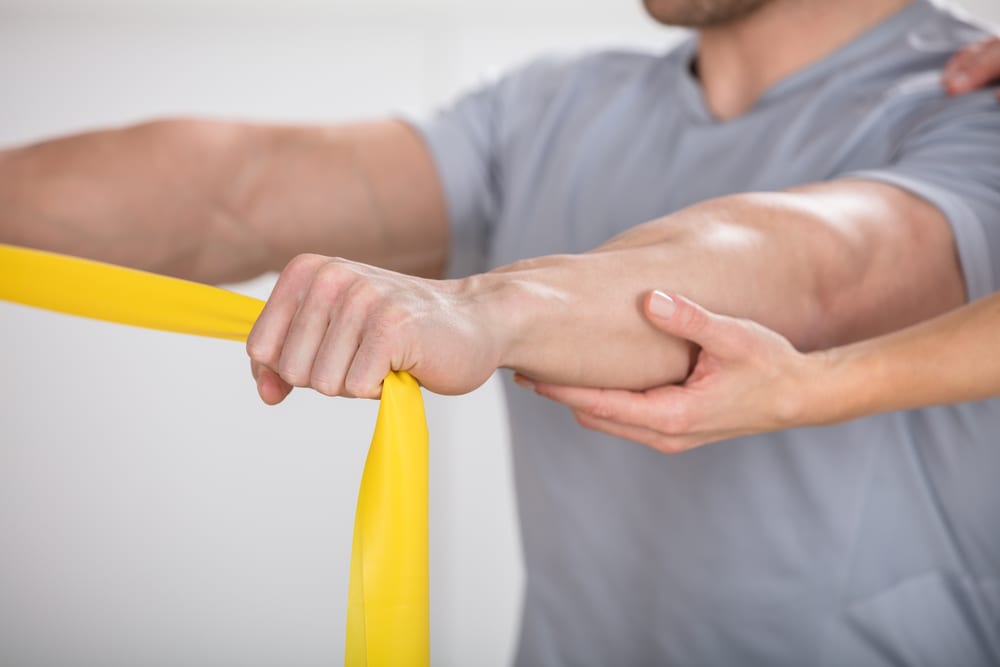Everyone is familiar with or has experienced personally the scenario where one leans over to pick up a pencil, and upon rising, their back “gives out.” How is it possible that bending over to pick up something as light weight as a pencil can result in so much agony and pain? The answer lies deep within the malfunctioning of your motor control system. Simply put, it is a motor control error.
The vertebral bodies that make up your spinal column contain muscles that attach from one to another with a main purpose to actively support, stabilize and stiffen your spine during all bodily movements. Before one even begins to raise an arm, or stand up out of a chair, these muscles contract in order to stabilize your spine, acting as your body’s natural brace. These muscles not only have to contract properly, but also they must contract in proper sequence to ensure sufficient spine stability; especially when lifting, holding, or doing any sudden movements. A proper functioning motor control system is able to control stability of the joints through coordinated muscle co-activation and to a lesser degree, by placing joints in a position that can modulate passive stiffness done by your ligaments. If one muscles contracts too early or too late, too strong or too weak, instability is the resulting factor.
When an individual bends over with a poor functioning motor control system causing poor muscular support, his or her body has no choice but to rely solely on the passive elements, the ligaments. Ligaments are what attach bone to bone, and are only limited to a joint’s end range of motion before injury soon follows. Thus, being supported only by these passive tissues (ligaments) can be the culprit of the intense pain that one feels when he or she bends, and cannot get back up. This phenomenon is known as “Spinal Buckling.” This is where a single vertebral body rotates greater than your physiological limits in relation to the one above or below. This results in the passive tissues (ligaments) to become stretched, irritated and injured. By not maintaining a mild co-contraction, known as bracing of your entire core throughout various movements, and not keeping a neutral spine (maintaining a proper lumbar curve) result in a prolonged flexion posture and cause injury.
The small segmental muscles that stabilize your spine create force and stiffness. Therefore increased stiffness results in greater stability. Think of your spine as a pole and the muscles around it act as the guy-wires. These guy-wires must be stiff enough to support the pole and resist any unnecessary and unexpected movements that are imposed on it. Therefore, increasing the stiffness of these guy-wires (muscles) will result in an increase of stability and support to the spine. A small 5-10% co-contraction of your maximum voluntary contraction of your entire core is needed for sufficient stability.
The key solution is low, yet continuous contractions of both paraspinal and abdominal wall muscles. Muscular endurance rather than strength must be focused upon. Research-based core stability exercises along with conservative manual therapy, such as soft tissue techniques and acupuncture are both scientifically shown to decrease and eliminate your source of pain and the root cause of your injury.
Dr. Robert Garofalo




